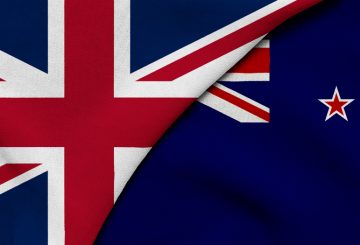기후변화위원회 (Climate Change Commission) 는 뉴질랜드가 온실가스 배출량을 연간 2,700만 톤 미만으로 줄이겠다는 새로운 목표를 달성하기 위해 2040년까지 휘발유 자동차 수입을 중단해야 한다고 밝혔습니다.위원회는 뉴질랜드의 현재 노력이 국제 기준에 부합하지 않기 때문에 뉴질랜드가 2050년 기후 목표를 상향 조정해야 한다고 믿고 있습니다.
또한 위원회는 뉴질랜드를 오가는 비행기와 선박에서 배출되는 온실가스를 기후 목표에 포함해야 한다고 제안했습니다.이러한 배출량은 2019년 뉴질랜드 전체 배출량의 9% 를 차지했지만, 공통적인 허점 때문에 현재 집계되지 않고 있습니다.
위원회는 2036-2040년에 새로운 배기가스 배출 한도를 제안했는데, 이를 통해 2035년까지 거의 모든 신차 수입 차량을 전기차로, 2040년까지 지역 비행기 여행의 13% 를 전기 자동차로 전환하도록 규정하고 있습니다.또한 위원회는 우유 생산량이 현재 수준을 유지하지만 젖소 수가 줄어들고 낙농업에서 원예업으로 전환될 것으로 예상하고 있습니다.
위원회는 제안된 예산을 충족시키는 것이 조치를 취하지 않는 것보다 더 많은 경제적 이익을 가져다 줄 것이며, 대기 질 개선만으로도 연간 27억 달러를 절약할 수 있을 것이라고 믿고 있습니다.현재의 2050년 목표는 이산화탄소와 아산화질소 순배출량을 전혀 없애고 2017년 수준에 비해 메탄 배출량을 24~ 47% 줄이는 것입니다.
위원회는 정부에 최종 권고안을 제출하기 전에 이러한 제안에 대한 대중의 의견을 구하고 있습니다.또한 위원회는 배출량 감축에 실질적인 진전이 이루어질 수 있도록 향후 10년간 국가의 배출량 예산을 긴축하고자 합니다.
위원회의 분석 초안에 따르면 뉴질랜드는 2040년경이면 가축에서 나오는 메탄을 제외하면 탄소 중립이 될 수 있습니다.탄소 배출량 감소로의 전환 기간 동안 경제는 계속 성장할 것으로 예상됩니다.위원회의 제안은 5월 31일까지 일반에 제출할 수 있으며, 연말까지 최종 권고안을 정부에 제출할 예정입니다.



























































